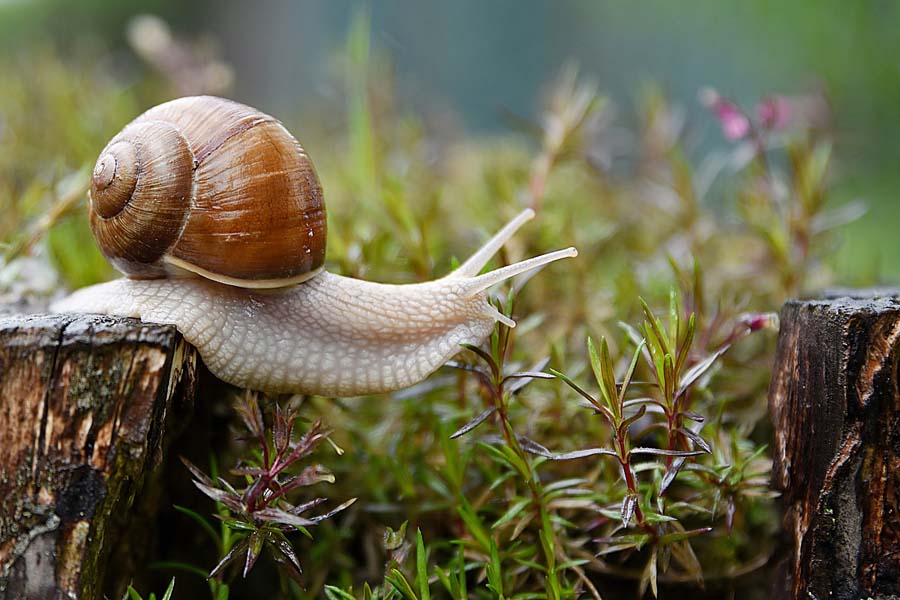A Turramurra Vet Article
Snail Danger: Keep your Kids and Dogs Safe

Snail Danger: Keep your Kids and Dogs Safe
by Dr Gretta Howard
Did you know that it can be dangerous for your dog to eat snails and slugs? In fact, every year at Turramurra Veterinary Hospital, our vets treat at least one case of a nasty disease called angiostrongylosis, which is caused by a parasite found in snails and slugs.
What causes angiostrongylosis?
Snails and slugs act as an intermediate host for the rat lungworm parasite, Angiostrongylosus cantonensis. Snails and slugs eat rat faeces containing the larval worms and then the parasite develops further inside snails and slugs. Rats eat slugs and snails and the parasite then moves from the rat’s intestines and enters the blood stream, then finally some of the parasites enter the central nervous system, including the brain. In rats, the parasite rarely causes any damage to the brain, but if these infected snails or slugs are ingested by another species such as your dog, or even children, the outcome is a lot more serious.
What are the clinical signs to look out for?
If the rat lungworm ends up in the wrong host, including dogs or children who have eaten infected snails or slugs, the parasite migrates through the central nervous system’s spinal cord and brain, causing severe pain and inflammation and can lead to lameness, severe back pain, paralysis, incontinence, brain and behavioural changes, coma and death.
Who is at risk?
Angiostrongylosis usually effects young large breed dogs, such as Golden Retrievers and Labradors, who tend to eat everything in sight, but it can affect any breed. Sadly, even toddlers exploring the backyard or teenagers daring each other to eat a snail or a slug at a party. So, it’s important to educate children about the dangers of eating snails. The most common time of year to see this disease is between April and July.
Can the problem be treated?
Treatment involves reversing the huge inflammatory response that occurs as a result of parasite migration as well as strong pain relief. The problem can be difficult to diagnose, particularly as the first clinical signs can appear to be an injury if the dog comes in with a limp.
How do I prevent it?
Feeding bowls should be indoors or snail-proof to prevent snails and slugs sliding into the food bowl. If you see your dog eat a snail or a slug, then our vets can induce vomiting to reduce the risk of parasite migration but it needs to be immediately after ingestion.


